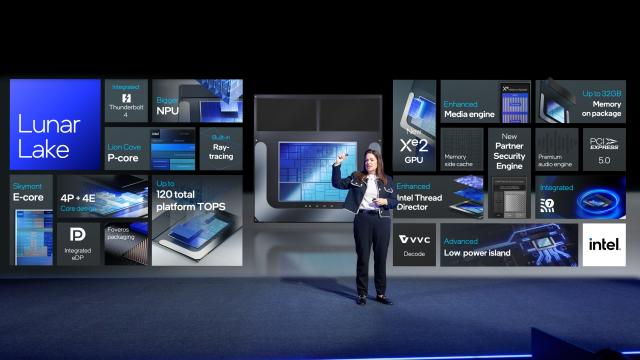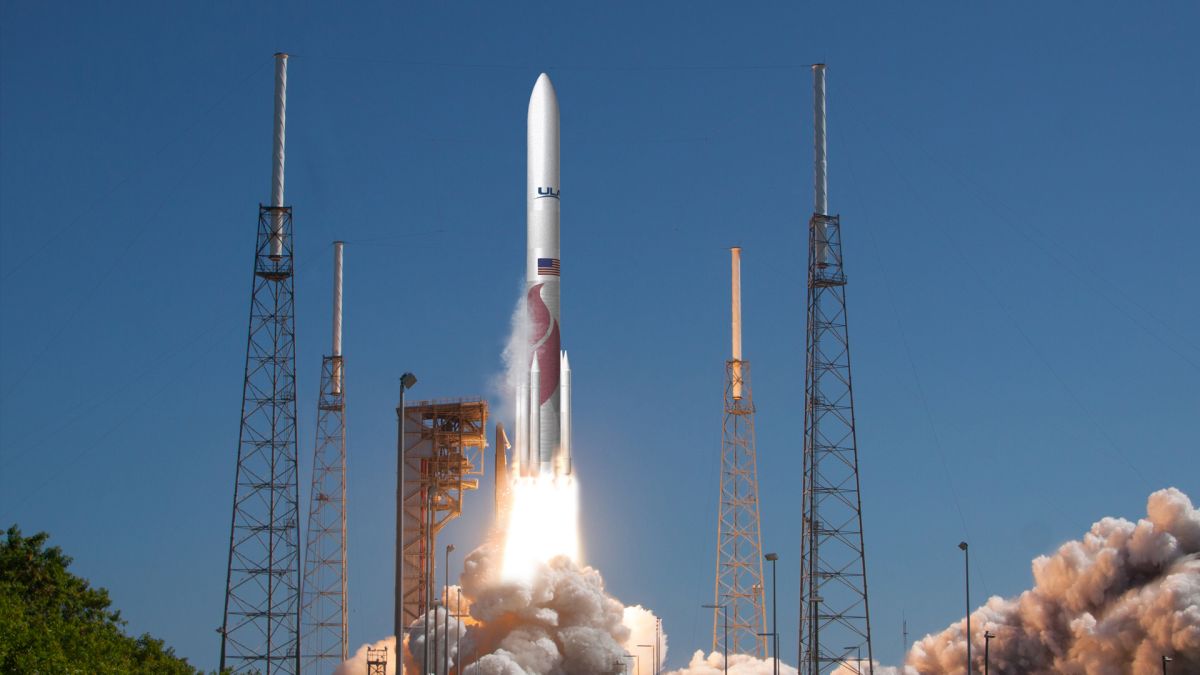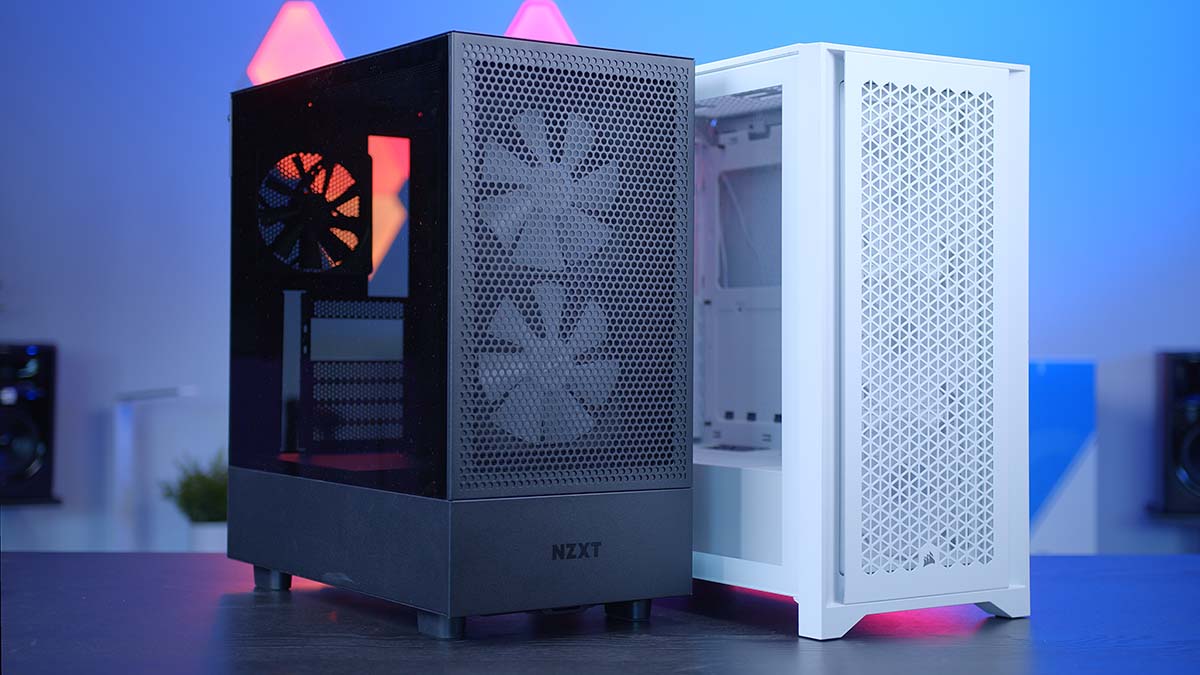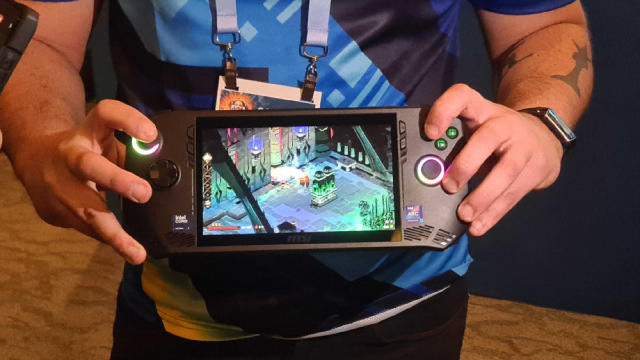At the bustling Computex conference this year, Intel finally shed light on the technical details of their upcoming Lunar Lake chips, the heart of future Copilot+ AI PCs. The news sent ripples through the industry, particularly with the focus on AI performance.
Lunar Lake boasts a massive leap in this area thanks to its all-new NPU 4. This powerhouse delivers a staggering 48 TOPS (tera operations per second), a massive jump compared to the measly 10 TOPS of its predecessor, Meteor Lake. This move positions Intel more competitively against AMD’s recently announced Ryzen AI 300 chips, which boast 50 TOPS NPUs. The AI PC race is well and truly on.
While details on the exact launch date are still a bit hazy, you can expect to see Lunar Lake systems roll out sometime this fall. This puts them behind the curve compared to AMD’s Ryzen AI 300 (slated for July) and Qualcomm’s Snapdragon X offerings. But don’t count Intel out just yet. Lunar Lake promises significant improvements across the board.

Gamers, rejoice! The new Xe2 GPU in Lunar Lake promises to crank up your gaming experience with a stunning 80% boost in performance compared to the last generation. That’s not all – Lunar Lake also packs an additional 67 TOPS of AI acceleration muscle. And for those who prioritize efficiency, revamped performance and efficiency cores (P-cores and E-cores) are onboard, along with an “advanced low-power island” specifically designed to handle background tasks efficiently. All this translates to a claimed 60% improvement in battery life compared to Meteor Lake – a major win for mobile users.
In a move that surprised many, Lunar Lake takes a page out of Apple Silicon’s playbook by offering fixed on-board memory options – either 16GB or 32GB. While this design reduces latency and lowers power consumption, it also eliminates the ability to upgrade your memory down the line. This might be a dealbreaker for some users who crave ultimate customization.
Connectivity-wise, Lunar Lake boasts all the latest bells and whistles: Wi-Fi 7, Bluetooth 5.4, PCIe Gen5, and Thunderbolt 4. However, some eyebrows were raised with the lack of confirmation for Thunderbolt 5 support, a standard Intel plans to launch later this year.

While specific technical details are still under wraps, Intel’s benchmarks showcased during a pre-Computex media briefing painted a promising picture. Lunar Lake appears to significantly outperform Meteor Lake when running Stable Diffusion, completing 20 iterations in a blazing-fast 5.8 seconds compared to the sluggish 20.9 seconds of its predecessor. This performance boost comes at a slight cost in terms of power consumption, but the trade-off might be worth it for many users.
The AI PC market is a fierce battleground, with Intel, AMD, and Qualcomm all vying for supremacy. Lunar Lake represents a significant step forward for Intel, offering substantial performance improvements and power efficiency gains. However, the fixed on-board memory and later launch date compared to competitors might be drawbacks. With more details expected closer to launch, Lunar Lake’s true impact on the AI PC landscape remains to be seen. One thing’s for sure – the future of AI PCs is looking exciting, with Intel ready to throw its hat back in the ring.
If you like the article please follow on THE UBJ.


















































































